ROUND TABLE:
JCP EC SE/EE
Elected
Cisco Systems -- Krishna Sankar
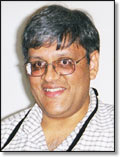
Krishna Sankar represents Cisco, where he serves as Distinguished Engineer. He says that Cisco
has been leveraging Java technologies since Java's inception and is a big
proponent of open standards and of contributing to the standardization
processes. "Our contribution had been more technological than organizational/management
and will continue to be so," Sankar says. "We also participate in the process
- for example we are the spec lead for JSR 155." He says that Cisco sees the
potential for value creation in the areas of web services, security and
distributed services architecture to achieve an ubiquitous, pervasive and
secure internet platform. And he thinks the upgrade to JCP 2.5 will help.
"It's up to the community to leverage the JCP 2.5 to the betterment of the
Java eco system - at the technology layer and at the business layer," he says.
IONA -- Simon Pepper
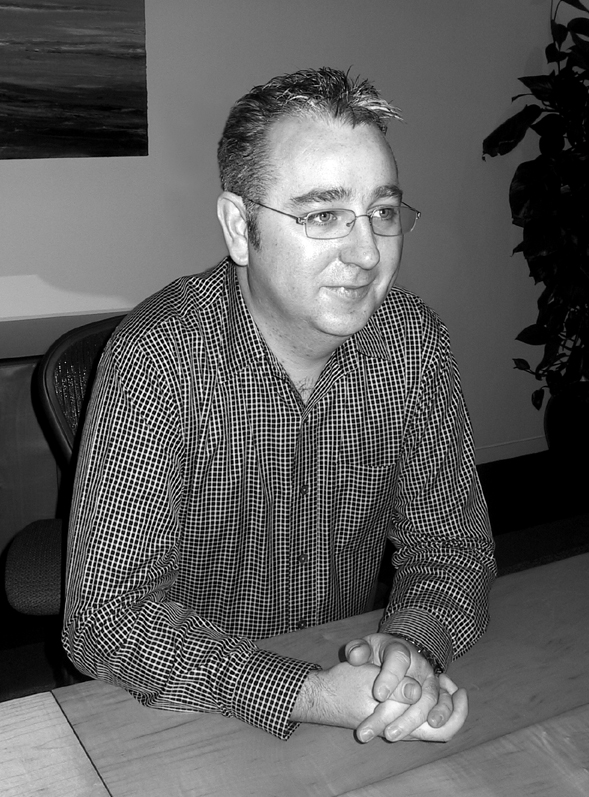
Simon Pepper, product director for J2EE technologies at IONA, represents the
company. He notes that IONA was one of the first J2EE licensees in 1999 and
one of the first to have a J2EE compliant product in the marketplace. The
iPortal Application Server has since been folded into the Orbix E2A
Application Server Platform. "It combines our marketing leading CORBA with
our advanced J2EE and awarding winning Web Services technology," Pepper says.
"We are a player in this industry, Pepper says. "We want to ensure that the
java standards evolve as they need to and that they can meet our customer
requirements." Pepper says the EC will stress interoperability, and not just
Java, but also Web Services. "We want to be able to compete with closed platform companies that are trying to force their
technologies onto the industry," he says. "Customers want to avoid vendor
lock-in. When they select technology, they need flexibility." In terms of
example of cost-effective solutions, Pepper says that whenever a customer is
able to re-use, re-purpose an existing piece of code or a complete
application, it is an cost-effective solution. "They are leveraging existing
development work, as an asset, and extracting further value from it without
having to rewrite it, test it or put it is production. This is particularly
true if the application is mainframe based, where the costs already invested
in these applications are huge," Pepper says. "We can show solutions where
existing mainframe assets have been harnessed in less than 8 months while all
attributes of the mainframe environment, the security, the transactional
integrity have been preserved." Pepper also likes the upgarde to JCP 2.5.
"The JCP 2.1 program was a step," Pepper says. "It has been improved with
the JCP 2.5 version of the program."
Ratified
SAP AG -- Michael Bechauf
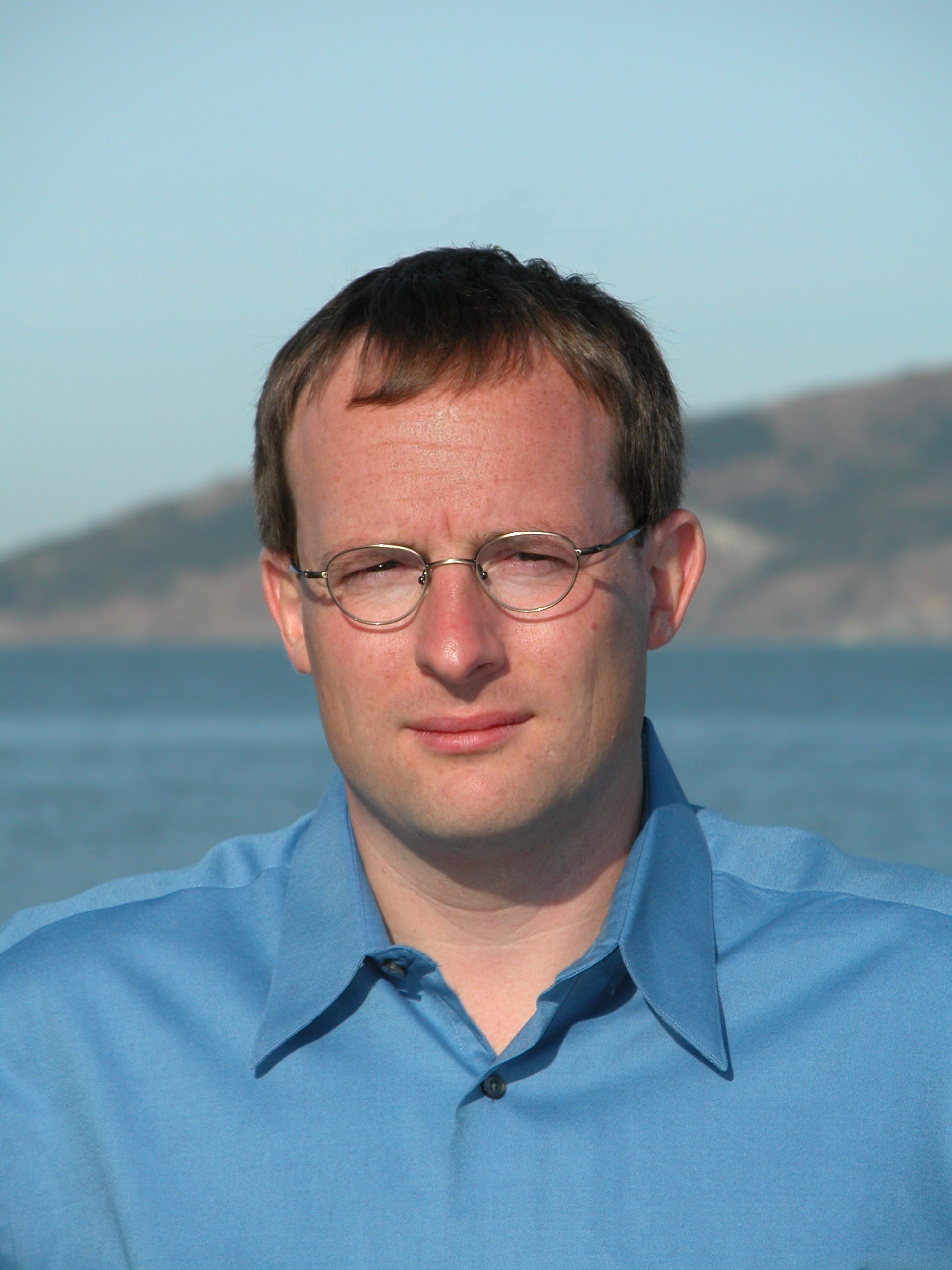
Michael Bechauf, Vice President of Java Architecture and Standards at SAP AG,
serves as the company's representative. For more than 10 years, SAP has
heavily invested in multi-tier, multi-platform application server technology
in order to provide a very robust, reliable and scalable platform for
business critical applications. "Java and J2EE have become cornerstones of
SAP Technology and the SAP Web Application Server, which make up the
technical foundation of all application components and solutions delivered by
SAP," Bechauf says. He says that in the near future, about 50,000 SAP
installations with several hundred thousand application servers will be Java
and J2EE enabled. Looking ahead, Bechauf says Java technology, and in particular the J2EE platform,
need to gain more momentum towards a broadly adopted and robust platform for
business applications. The application development productivity needs to
increase, and deployment on heterogeneous platforms needs to become easier.
From a process point of view, he says the EC needs to provide more guidance
for expert groups and spec leads on how to manage the collaboration between
all involved parties more effectively. "The ultimate goal is to foster more
productive application development, where domain experts can concentrate on
solving their business problems," Bechauf says. " For an application
development company like SAP this is absolutely essential, and we are sure
that many thousand companies who use the Java platform to develop and sell
products will agree."
BEA Systems -- Ed Cobb
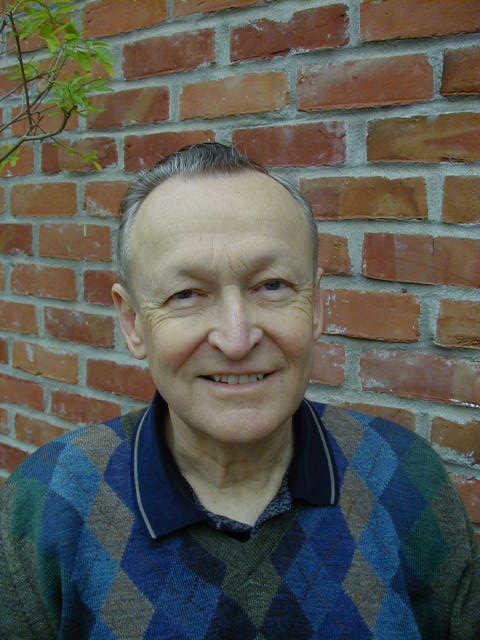
Ed Cobb, BEA's representative, says BEA can attribute much of its
commercial success to building and deploying Java standards more rapidly than
other companies. This has been a direct result of our participation in the JCP
and relevant EGs, he says. "Application infrastructure demonstrates
significant ROI for the enterprise and shows that customers will spend money
there even in hard economic times," he says. "Java technology has enough
acceptance to withstand the downturn." BEA currently leads three JSRs: Java
Rule Engine API (JSR 94), Streaming API for XML (JSR 173) and Web Services
Metadata for the Java Platform (JSR 181). BEA also participates in over 20
JSR Expert Groups, including JAX-RPC (JSR 101), Java Web Services (JSR 109),
Java Connection Architecture (JSR 112), EJB 2.1 (JSR 153) and J2EE 1.4 (JSR
151). Cobb says the move to JCP 2.5 is promising. "The biggest advantage is that all
JCP member companies will have the same agreement," he says. "It is
definitely a step forward, but we have a long way to go."
Apple -- Dave Michael
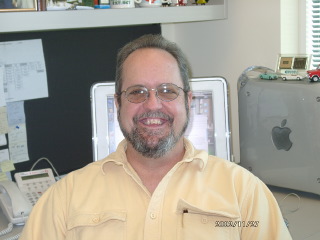
Dave Michael is the representative for Apple.
Back to Introduction